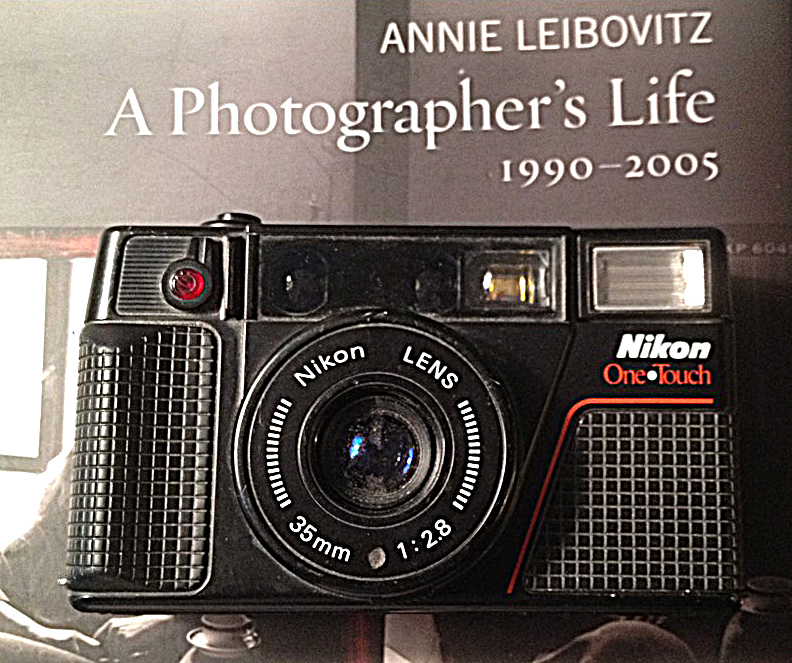This past weekend I was depositing my trash at the town dump. It sounds like a simple task. But among Yankees (I am a Yankee come lately, and BTW this has nothing to do with a certain baseball team that has appropriated the name) this is more of a rite thank a task. Trash is sorted and recycled, and most importantly treasures are recycled, or passed on to new owners. I usually focus on the book swap, but this Saturday I wandered into what is fondly referred to as “the put and take.” The name explains it all. And there waiting for me was the little black beauty of Figure 1- a Nikon One Touch.
Now I do not collect old cameras, although I do have a few old consumer cameras of note. That was a minor collection started for me by my son, who one Christmas gave me a nice little Kodak Brownie. Incongruously, it too is made of black plastic. Go figure!
Of course, I went home to explore this little Nikon more thoroughly. As it turns out the “One Touch” is part of the L-Series. The L-Series began in 1983 with the L35 AF/AD. This was Nikon’s entrance into the autofocus market for consumer cameras – really a moment in photgraphic technological history. I use the term “consumer cameras” to distinguish them from SLRs. That explains the AF. What the AD stands for is “auto-date” the camera marked each frame with the date. This was pretty high tech for 1983. In 1985 Nikon introduced the first of the “One-Touch Series,” the L35AF2/L35AD2/One•Touch. This has a elegant automatic window that covers the lens when it is not in use.
So what’s the point? The point is that these cameras are elements of a transitional technology that took us from 35mm SLRs with their autofocus and autoexposure features to today’s DSLRs and more importantly today’s pretty sophisticated digital point and shoots. Today you’ve got to try pretty hard to take bad pictures. It can be done, however. But the significant fact is that today’s cameras, which are really little photographic robots complete with their own little microprocessor brains, make it a lot easier to take technically good pictures – freeing the Sunday photographer to fulfill his/her artist destiny.
So my heading into the little “put and take” shed was a sort of trip down memory lane back into into the early eighties. Those were the days of big hair styles. Who can forget Meg Ryan in “When Harry met Sally,” which was 1989? The other part of the nightmare were shoulder pads, which often came in several layers making the women look like football players.

